Projects
AI
Undergraduate Research - Fine-tuning
|Fine-tuning|LLM|
See project on GitHub
A project using fine-tuning to investigate and improve the truthfulness of chat gpt-turbo 3.5
- Hundreds of fine-tuning examples were created and utilized with the OpenAI api, and tested with TruthfulQA data
- Insufficencies in current research were identified along with future areas of inquiry
LLM for the Contemporary History of Iran
|RAG|LLM|JavaScript|Firebase|
This project integrates current political and
historical data into an interactive AI model, greatly improving access to information on Iran’s contemporary history.
- Persian Mind, a Llama3 model was used in conjunction with retrieval augmented generation on academic resources
- I designed this system and deployed it as a web application along with a quantized version of the LLM on our personal server with limited resources
- Not seen on github due to ownership conflicts
Statistical Analysis
NBA CrowdFactor Statistic
|Logistic Regression|Data Wrangling|
See project on GitHub
A novel statistic was developed to represent team confidence. This work was done to fulfill a final project requirement for a graduate-level statistics course.
The crowdfactor is defined as the percentage of stadium capacity passed through a sigmoid function, effectively amplifying the effect of a very full stadium on the home or away team – the effect is inverted for the away team. Below we see a vague relationship between the crowdfactor and blocks, steals, and points.
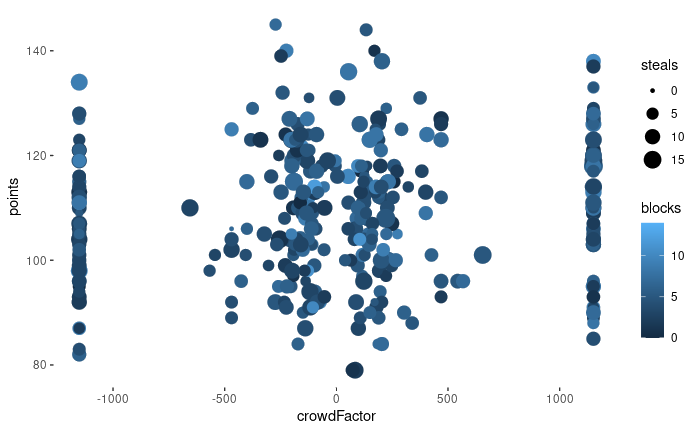
A team confidence statistic was then created using a combination of crowdfactor, blocks, and steals which was shown to predict the result of a game better than random – as seen below.
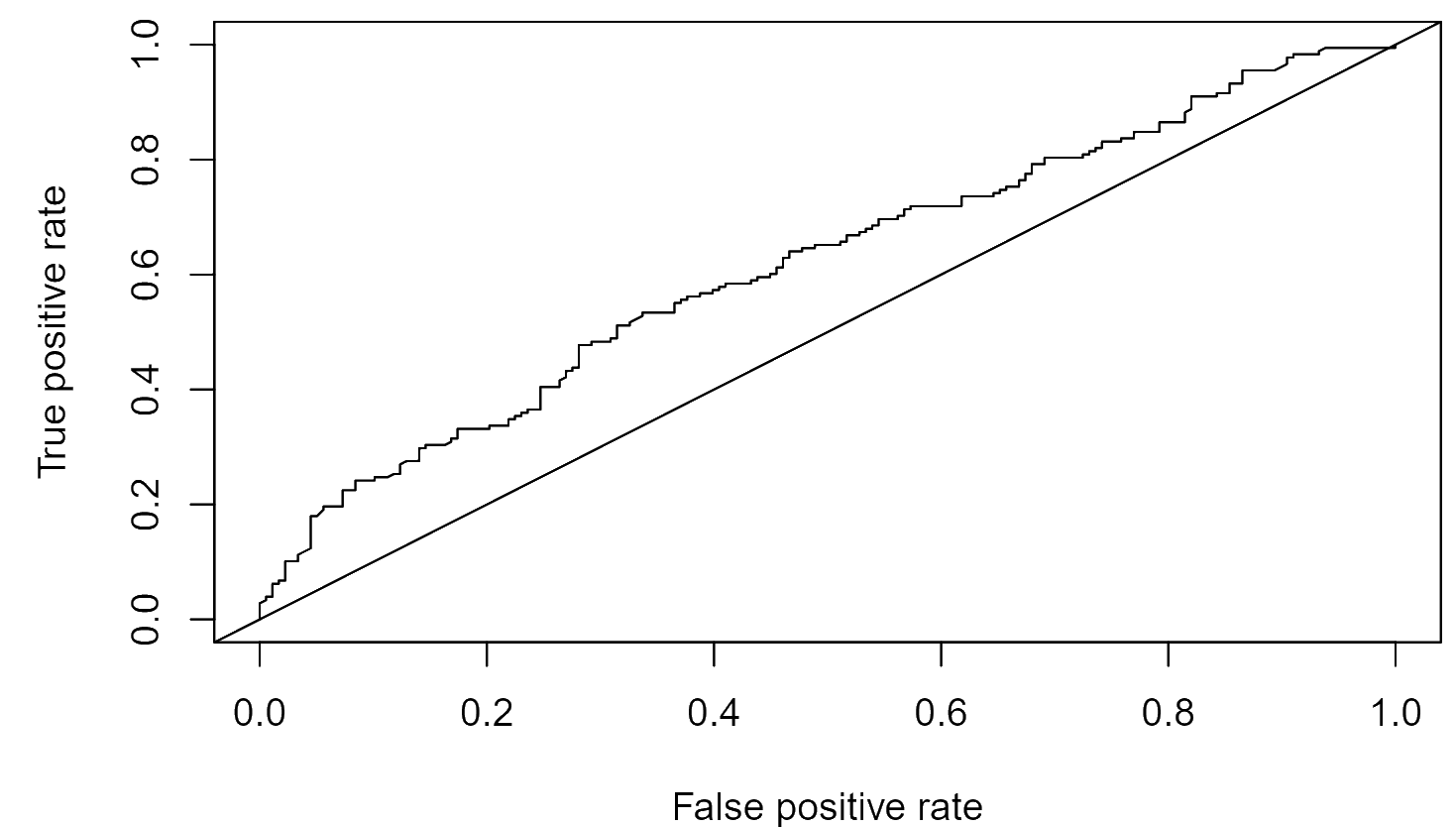
Cyber Physical Systems
Carla PID Controller
|PID|Carla|Autonomous Driving|
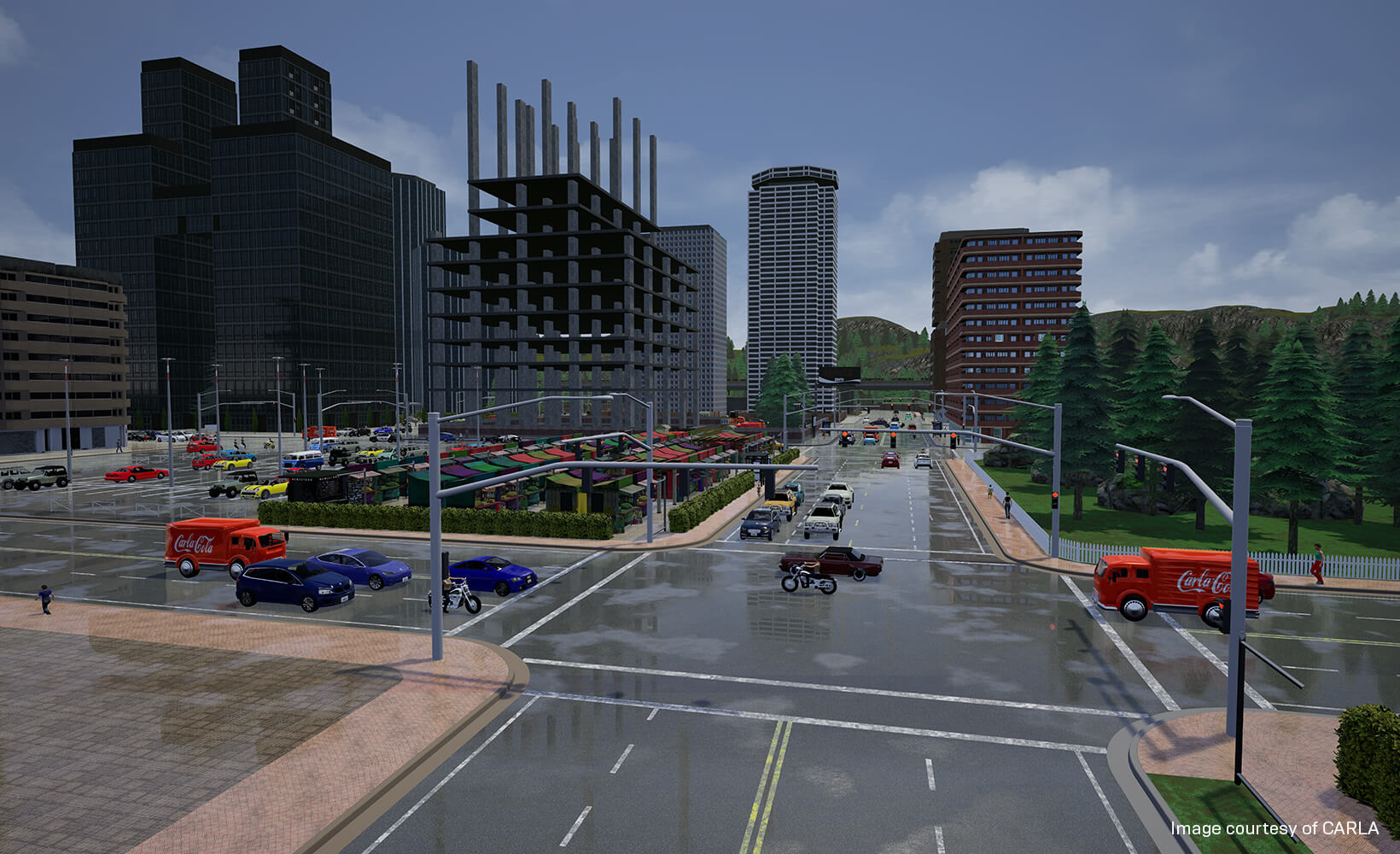 Carla environment.
Carla environment.
A proportional-integral-derivative controller was created and tuned for car throttle and brake control. Using object detection sensors alone I was able to create a system which navigates in heavy traffic without collisions.
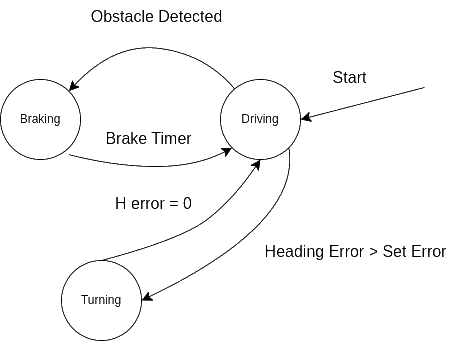 A state transition diagram of the system.
A state transition diagram of the system.
This system uses a waypoint selection module to plan a route, and then uses object detection to avoid collisions. The PID provides a way for the vehicle to maintain speed at a given set-point, and allows the vehicle to achieve set-point speed smoothly after a braking event.
Without tuning, we see the vehicle speed overshoots the orange line representing the given set-point.
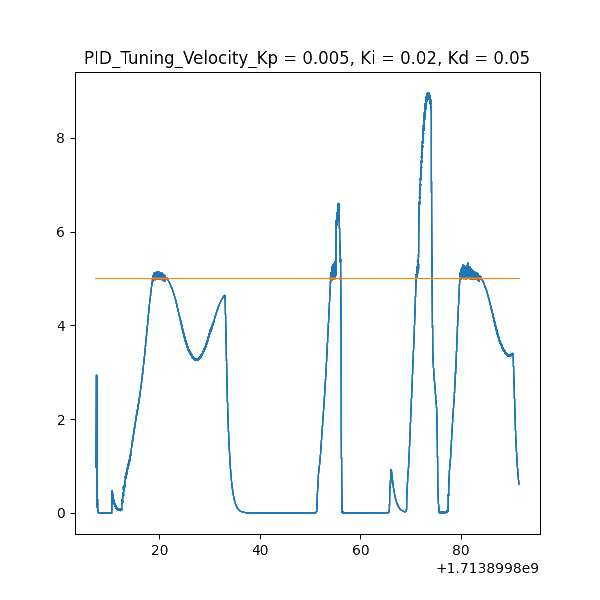 Overshoot after braking event
Overshoot after braking event
After tuning, we were able to smooth out the speed after a braking event.
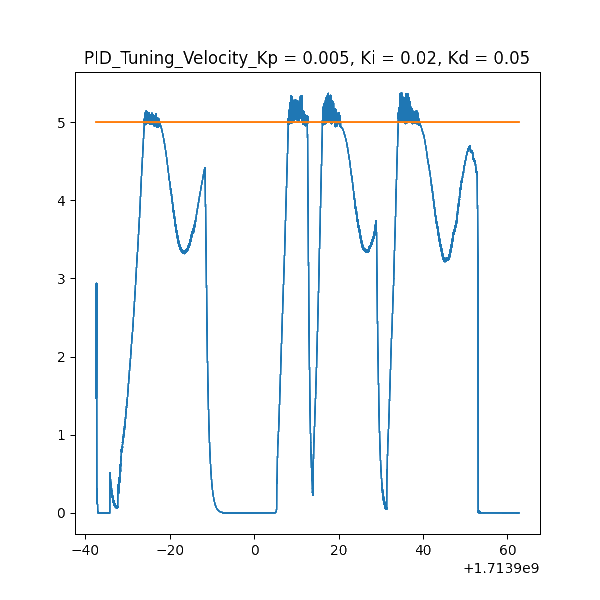 We see the final result of speed over time, with minimal overshoot or oscillation
We see the final result of speed over time, with minimal overshoot or oscillation
Detroit Crime Heatmap
|Graphical Statistics|
This heatmap was created in R to visualize crime in Detroit over the last 100 years.
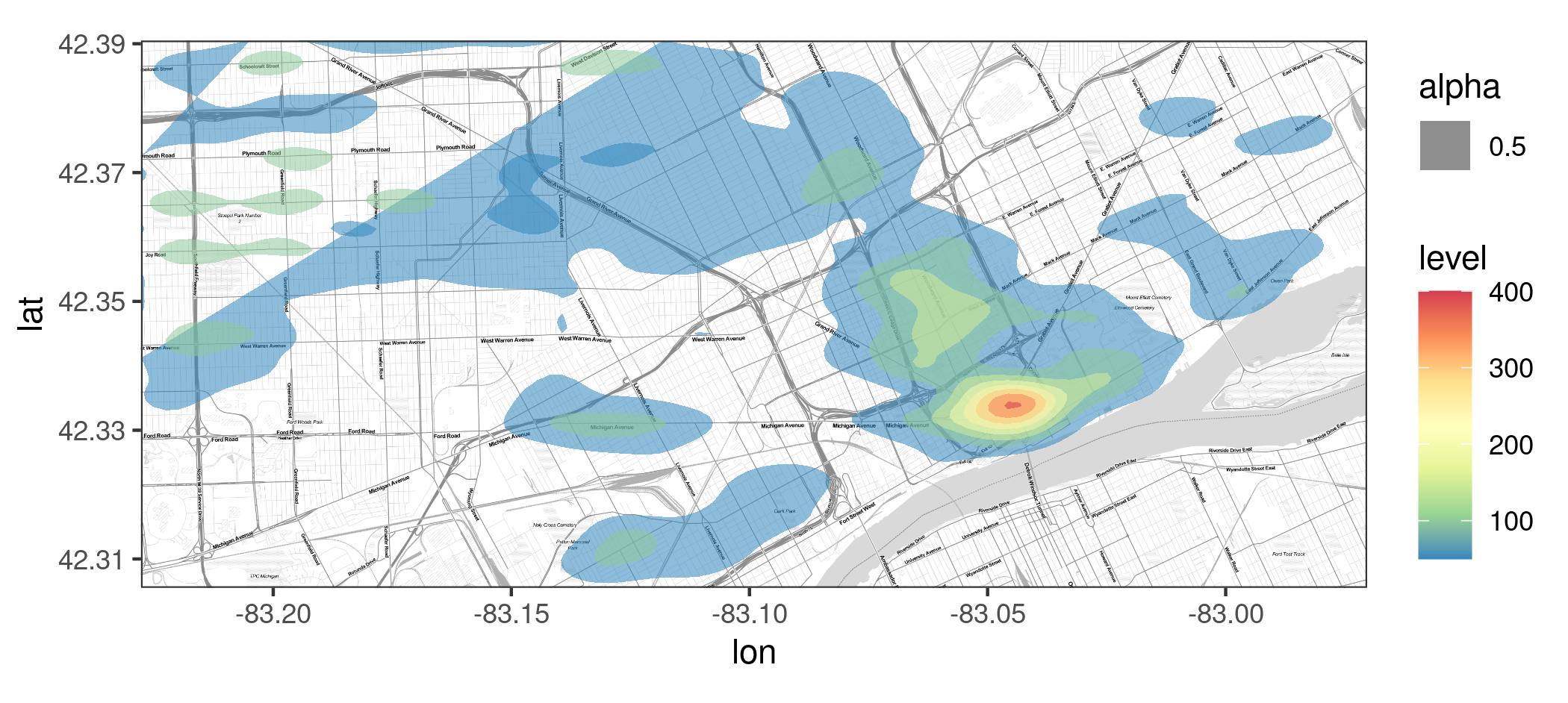
Heatmap uses Stamen Map and this open data.
Semantic Networks
My interest in AI began with the concept of semantic networks, an idea I learned from Douglas Hofstadter’s GEB. Since then I have been interested in representing and manipulating knowledge in graph/hypergraph based structures.
Below is one such abstract structure.

Haskell Based Semantic Network
|Haskell|AI|
This structure allows inferences to be made on semantic relations, as implemented in this Haskell project.
This program performs the following operations
- add node_name -> adds a node to the graph
- relation domain_node relation range_node -> creates a labeled edge
- query range_node -> returns all domain nodes with range_node in the range
- infer node1 node2 -> creates a hypernode with label ‘node1.node2’, where the edges are the intersection of node1 edges and node2 edges
- reveal -> shows the current state of the graph